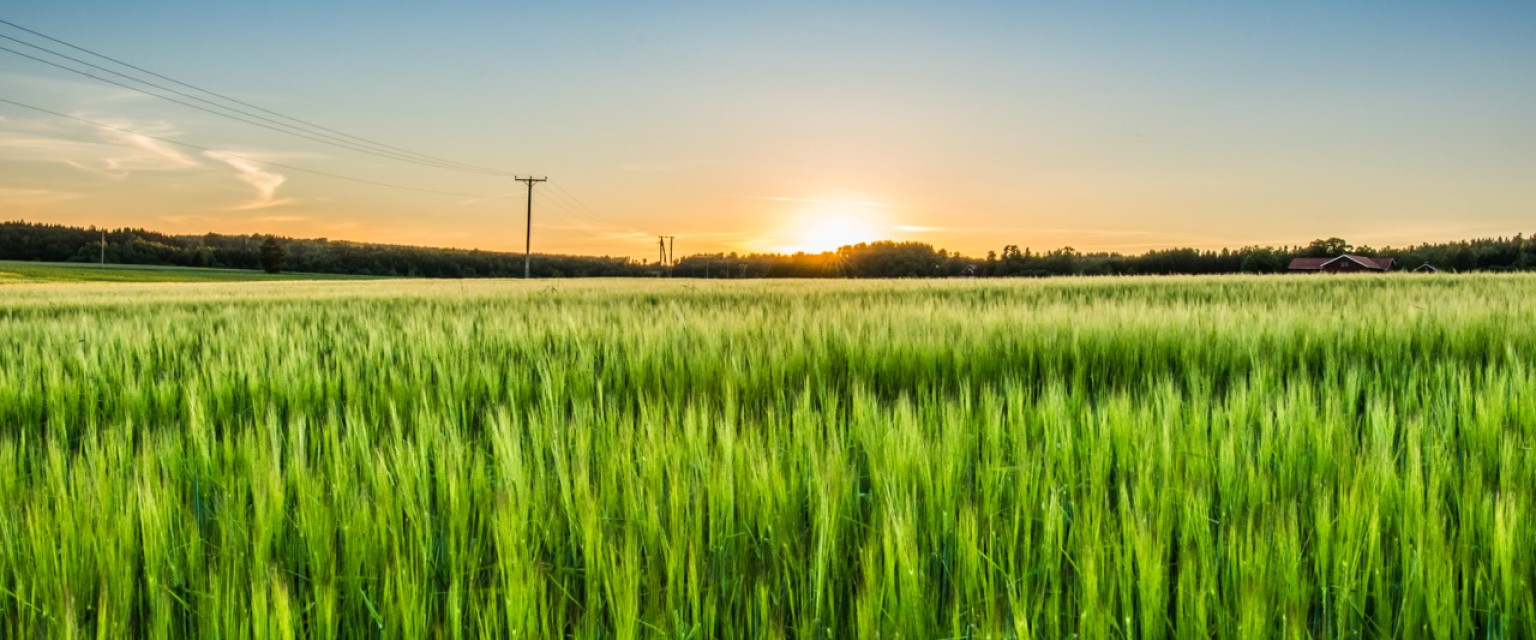The aquaculture industry is expected to grow significantly by 2050 but is under pressure to grow sustainably to ensure Norwegian exports and global food security. This means finding good solutions to challenges and utilizing resources effectively.

In the report "A New Green Value Chain with Sludge from Aquaculture as a Factor," authored by PwC in collaboration with Ragn-Sells Aquaculture, Framo Aquaculture, AMOF Fjell Technology, and NCE Seafood Innovation, opportunities for the use of fish sludge as a factor in a green value chain are explored.
The report highlights several possible uses of fish sludge:
Substrate for biogas production: Through the production of new energy and extraction of vital resources from bio-residues, the environmental footprint of fish farms will improve, contributing to renewable energy in the future.
About 70% of the phosphorus in fish feed is not absorbed by the fish but becomes part of fish sludge. Absorbing fish sludge and recycling phosphorus will be more environmentally friendly and, with available technology, cleaner than phosphorus extracted from mines today.
Fish sludge is also a good source of nitrogen, which can be used as fertilizer in agriculture.
For the mentioned opportunities to be realized, fish sludge must be collected. Concepts for collecting sludge from the seabed in open cages are being developed, and these are supported.
Closed aquaculture facilities, like our Marine Donut concept, are already equipped with solutions for collecting fish sludge. This is a win-win situation, preventing local pollution while utilizing sludge as a resource in a green value chain.